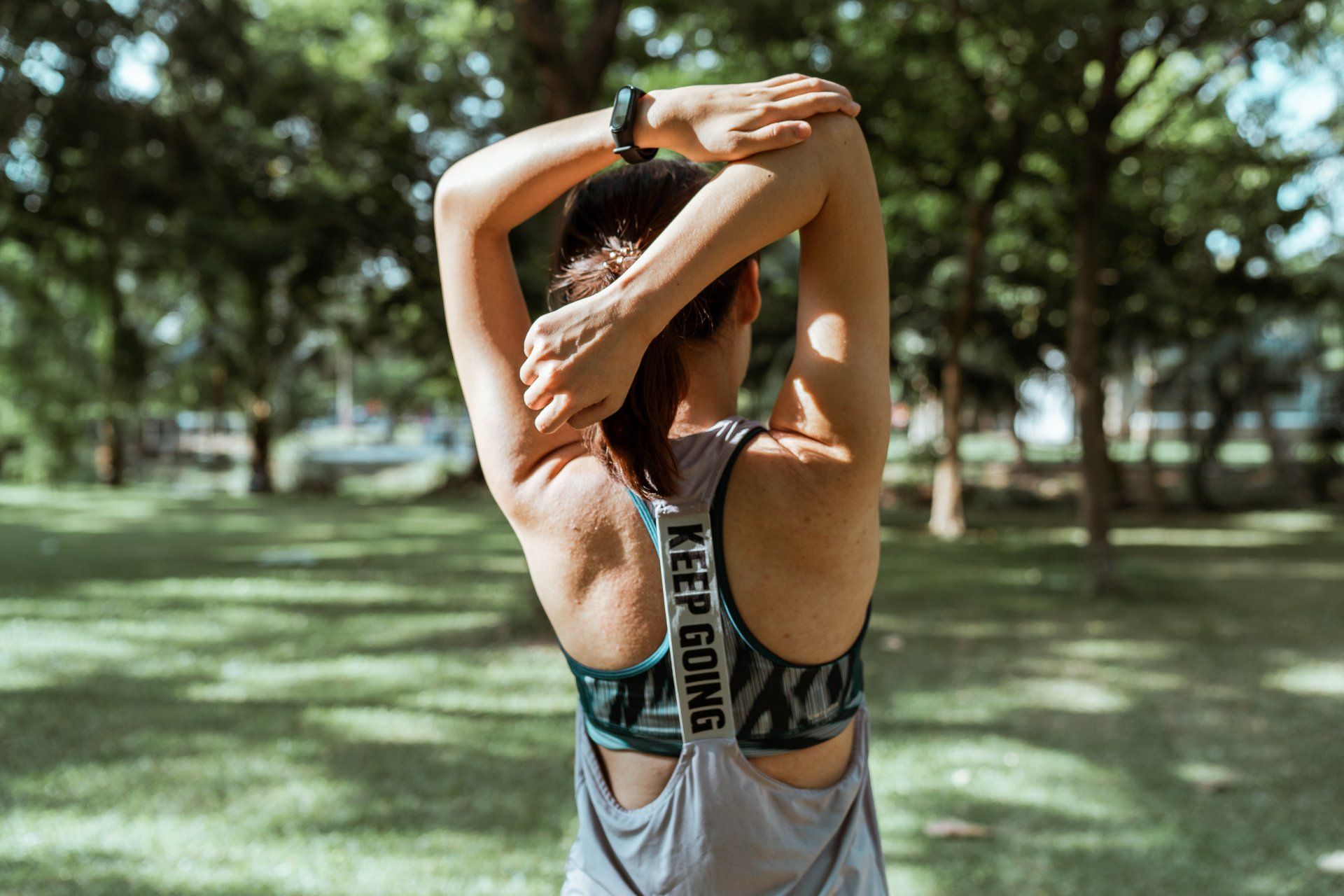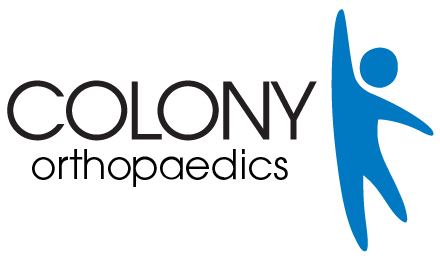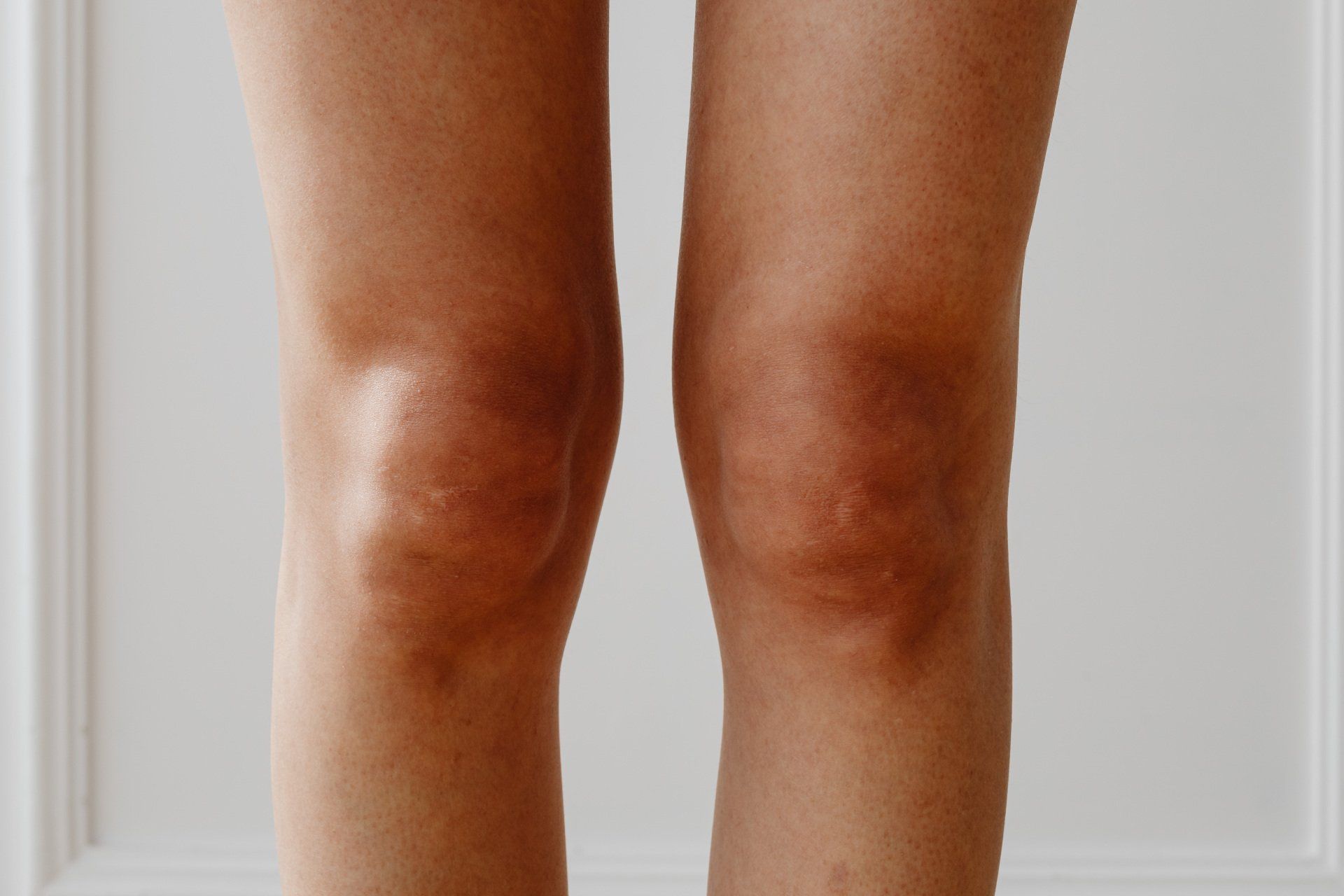“It isn’t broken, is it? I can move my arm“
Actually, it could be broken. Even if the arm (or hand or leg or foot) can be moved.
The word “fracture” means “broken bone.” Bones can break in different ways, some fractures being more of a problem than others. For example, a small break in a bone may be painful, but all that may be needed is keeping the bone from being re-injured while the fracture heals. In contrast to that situation, a “displaced fracture” in the middle of a long bone, such as the femur (thigh bone), may be very unstable and actually require surgery. To treat a fracture that is not out of place, all that may required is a splint or cast to protect the fracture while it heals. If the fracture is out of place, it has to be “set“ (the technical term is “reduced.” If the bone is unstable or the fracture can’t be reduced, an operation may be needed.)
What needs to be done depends on which bone is broken, and whether the break has left the bone unstable or out of place. The age of the patient and the presence of other injuries or illnesses may make a difference in what should be done to treat a fracture.
When someone has been injured and has pain in a leg or an arm, it really is important to find out why there is pain. There could be a fracture. X-rays are often needed. Sometimes, even without an X-ray, it is obvious that there is a fracture. Sometimes examination suggests that it is unlikely that there is a broken bone.
When there is a fracture that is “displaced” usually it can be seen on X-ray. But if the fracture is not displaced it may not be show on an X-ray. Follow up X-rays may be needed a week later. Sometimes an MRI is needed to be sure that there is no fracture.
When a bone is broken, surrounding muscle and tendons (soft tissue) are usually injured as well. In fact some of the pain that is produced when a bone is broken may be coming from the associated injury to soft tissues. Bleeding into the surrounding area may produce “black and blue” discoloration.
As a fracture begins to heal, it is important that stiffness be avoided. Proper rehabilitation is required to allow the fracture to heal while avoiding adhesions and stiffness.





